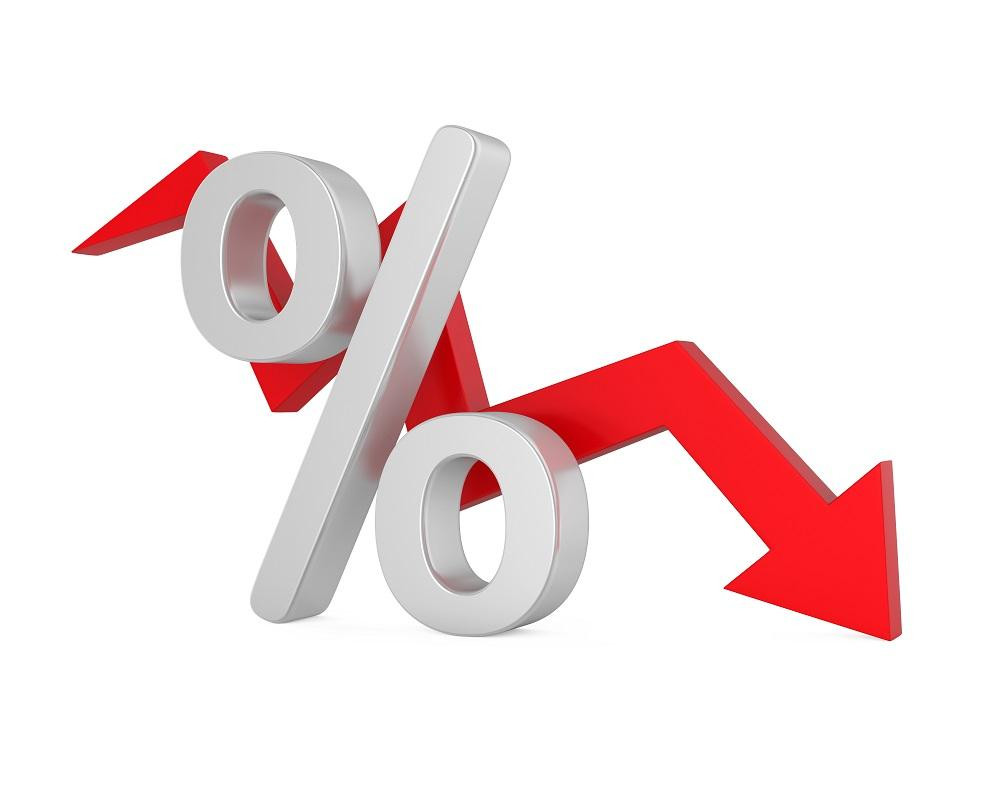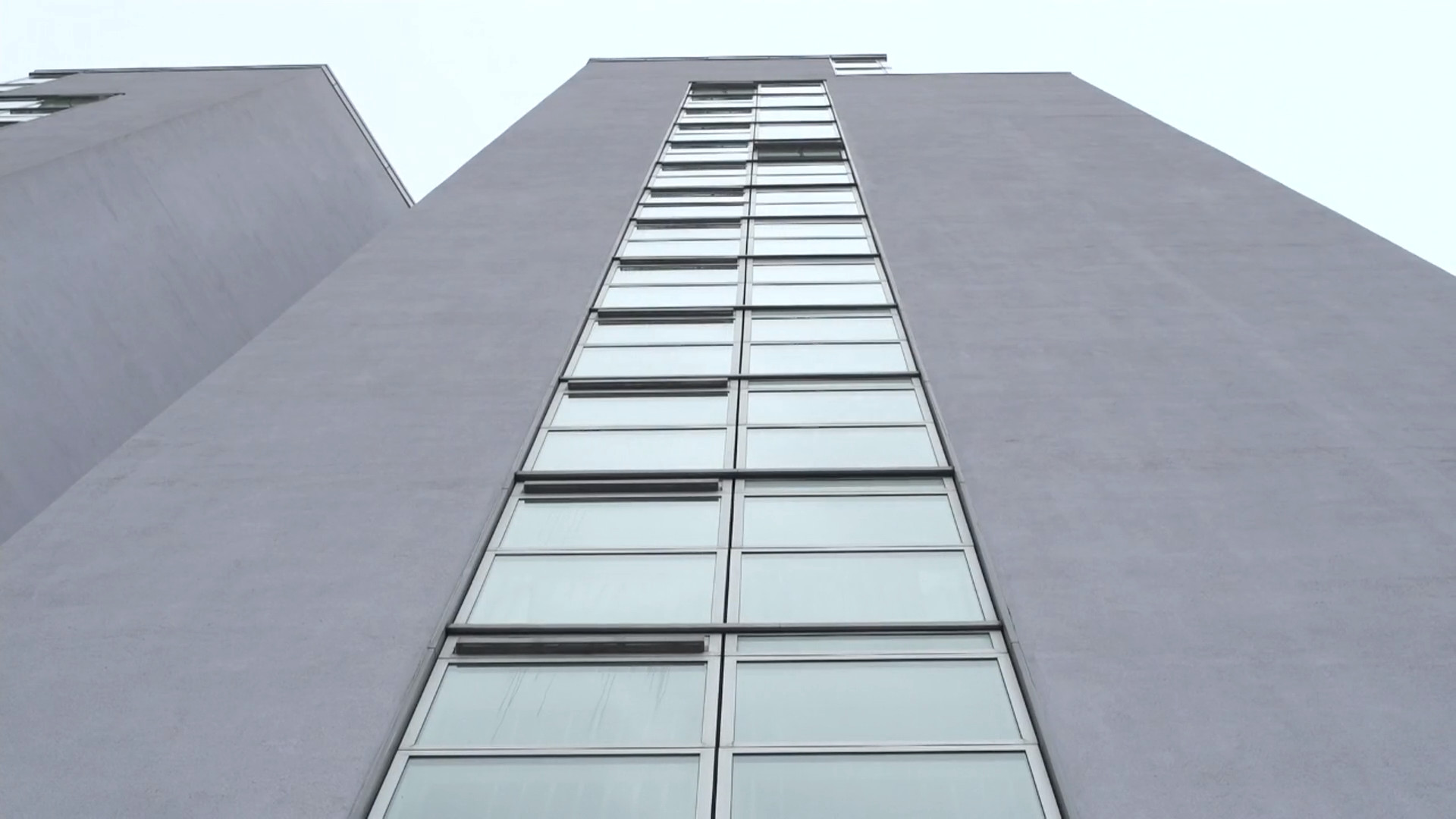The Federal Reserve is widely expected Wednesday to announce its first interest rate cut in years, a move that will have a major impact on the finances of Americans across the board, making borrowing cheaper, though the golden days of high-yield savings instruments may be over.
The results of the Fed’s policy-setting committee’s two-day meeting will come out at 2 p.m. EDT, with the central bank all but guaranteed to announce the first cut to the federal funds rate since March 2020.
A cut will bring the federal funds rate down from the 5.25% to 5.5% range it’s sat since last July, which is the highest rates have sat since Jan. 2001.
It’s less agreed upon how big of a cut the Fed will unveil, with consensus split between a 25 or 50 basis-point cut, meaning the market expects rates to settle Wednesday at 4.75% to 5% or 5% to 5.25% ranges.
The Fed pivot follows the continued moderation of inflation, which caused rates to spike in the first place.
The Fed only officially controls the federal funds rate, which determines the interest charged in overnight cash reserve transactions between banks. But the central bank’s rate decisions affect borrowing costs across the board, as lenders typically set rates based upon the Fed-determined range, and rate cuts will more broadly ripple throughout the economy as well. Here are some of the most tangible ways rate cuts will impact everyday Amerians:
Impact on Mortgages
Mortgages pose perhaps the most obvious jolt for consumers from rate cuts, as mortgage rates are tightly linked to yields for government bonds, which in turn are a reflection of the Fed’s monetary policy. Mortgage rates already hit a 19-month low last week of 6.2% on 30-year fixed loans, as brokers braced for the impending rate cuts, and it’s likely the downward descent will continue as the Fed prepares to further cut rates.
Impact on Consumer Loans
Consumer loans will get cheaper with lower Fed rates, including auto loans, which sit now at their most expensive rate since 2001, up from 2021’s sub-5% rate for new car loans to about 8.7%. The cost of other debt like variable-rate private student loans and credit card interest should also come down.
Impact on Business Loans
Companies will also reap the benefits of more accessible credit. Lower rates are typically associated with friendlier hiring as employers’ bottom lines get a boost from cheaper borrowing costs.
Impact on Savings
Perhaps the most materially negative change from rate cuts for Americans’ finances is that the high-yield savings accounts, certificate of deposit accounts and money-market funds, which offered enticing returns for savers over the last two years, will lose some of their luster. Those are tightly linked to the federal funds rate, meaning yields for those accounts will quickly fall as the Fed cuts.
Impact on Stocks
Rate cuts are typically considered a boon for stocks, as money gets pulled away from lower-yielding government bonds and money market funds, leaving investors searching for more enticing returns. The U.S. benchmark S&P 500 stock index has gained 86% of the time in the 12 months after the first rate cut in a cycle dating back to 1929, according to Charles Schwab.
Future of Interest Rates
Though rates are about to come down, it’s not likely the U.S. will return to the low-rate environment that became the norm. The Fed forecasts a long-term federal funds rate of 2.8%, higher than rates ever were from March 2008 to Sept. 2022, a far ways from the near-zero rates set from Dec. 2008 to Dec. 2015 and March 2020 to March 2022.
The Uncertainties Surrounding Rate Cuts
Higher rates have been tough on borrowers, with the rate on the 30-year fixed mortgage rising to 6.12% as of the week of Sept. 13, according to MND. That's up from 4.29% during the week of March 11, 2022 – just prior to the Fed kicking off its first hike. Home equity loans have also become more expensive, with rates rising to 8.49% as of last week, compared to 5.96% back in March 2022, according to Bankrate. Credit card interest rates have also jumped more than 400 basis points since the Fed started its rate increases, rising to 20.78% as of last week, Bankrate found. One basis point is equal to one one-hundredth of one percent.
The Fed's tight policy has provided a silver lining to savers, however. The annual percentage yield on a five-year certificate of deposit has jumped to 2.87%, up from 0.5% in March 2022, according to Haver. Yields on money market funds have also jumped, sitting at 0.46% last week, versus the 0.08% paid just before the Fed began tightening policy in March 2022, Haver found.
Investors should watch what they wish for, according to Aditya Bhave, senior U.S. economist at Bank of America. The firm anticipates a 25 basis point cut on Wednesday, warning that a 50 basis point cut could ultimately be a worrisome sign.
"Risk assets might initially rally on the back of this dovish surprise," Bhave wrote Wednesday. "But we'd caution investors that the act of cutting by 50bp means the Fed is less confident about a soft landing."
The Federal Reserve uses its federal funds rate, which serves as a benchmark for interest rates in the rest of the economy, as its main tool for regulating inflation and unemployment. A higher rate is used to offset price growth, while a lower rate is designed to encourage demand and boost hiring.
Currently, the rate is set at 5.3%, the highest level since 2007. The central bank began raising rates aggressively in 2022 in response to a rapid increase in the pace of inflation amid the Covid-19 pandemic.
Although a cut is almost certain to happen based on what the central bank has been signaling over the last several weeks, it remained unclear whether the Fed will enact a quarter-point or a half-point reduction. A half-point was seen by some as needed to ward off a recession, while others said it would indicate a negative surprise that implies economic weaknesses that the market has been missing.
In a note to clients in advance of Wednesday's Fed statement, Bank of America economists said that while there was a case to be made for 0.5% based on weakening data, the "base case" — meaning the most likely scenario — was for the economy to experience a "soft landing" of relatively low unemployment and relatively low inflation, but with concerns about ongoing deterioration lingering.
"The main message from the meeting should be one of cautious optimism despite downside risks," they wrote.
Others said the Fed's timetable for additional cuts would ultimately be more relevant than the cut announced Wednesday. The central bank has historically preferred to move gradually — usually in 0.25% increments — unless it is faced with an emergency. But a plurality of market participants currently believe the Fed will need to come down by at least 1.5% over its next four meetings based on current economic conditions.
That would entail a cut of at least a half-point at some point by the time the Fed announces its interest rate in January.
The Potential Impact on the Economy
The economy continues to send mixed signals. The unemployment rate, at 4.2%, remains historically low — but it has inched up in four of the last five months, a trend that has often preceded recessions. While layoffs remain low, hiring has virtually ground to a halt, especially in some white-collar professions, making the job search process unusually difficult for many.
A retail sales report on Tuesday showed a steady pace of spending in the U.S. overall, but with some discretionary categories, like restaurant spending, significantly weaker.
The Fed believes Wednesday's anticipated cut, and ones likely coming over the next several months, should put a floor under further economic deterioration.
However, it is not clear how quickly consumers and businesses can, or will, take advantage of lower rates if they sense that overall demand in the economy is on the decline.
Some economic observers say there is no sign of that occurring.
"Layoffs remain low, job openings remain high, GDP is growing at a healthy pace, and there have not been any major negative shocks," David Mericle, Goldman Sachs' chief U.S. economist, said in a note to clients.
But not all share this view.
Economists with Citi financial group believe a more significant downturn is in the offing, pointing to surveys that show the largest share of small businesses expecting earnings to decline since 2010, with hiring expected to remain subdued. They also note home-buying and construction activity has not increased despite recent declines in mortgage rates, something they say reflects weaker demand.
"Firms have slowed hiring to reduce labor costs," the Citi economists wrote. "As hiring slows broadly workers will be less likely to leave their current job and firms will be forced to begin active reductions."
Jay Bryson, chief economist at Wells Fargo, currently sees an approximately 1-in-3 chance of a recession, based on rising delinquencies and a savings rate that indicates consumers are spending more than they'd like to keep up with inflation.
"We're seeing some cracks in the economy," he told NBC News.
What's Next?
The Fed's rate decision will be announced at 2 p.m. Eastern on Wednesday, followed by Chair Jerome Powell's press conference at 2:30 p.m.
The Fed's actions will be closely watched by investors and economists alike. The decision will have a significant impact on the economy, and it could also influence the outcome of the upcoming presidential election.

















